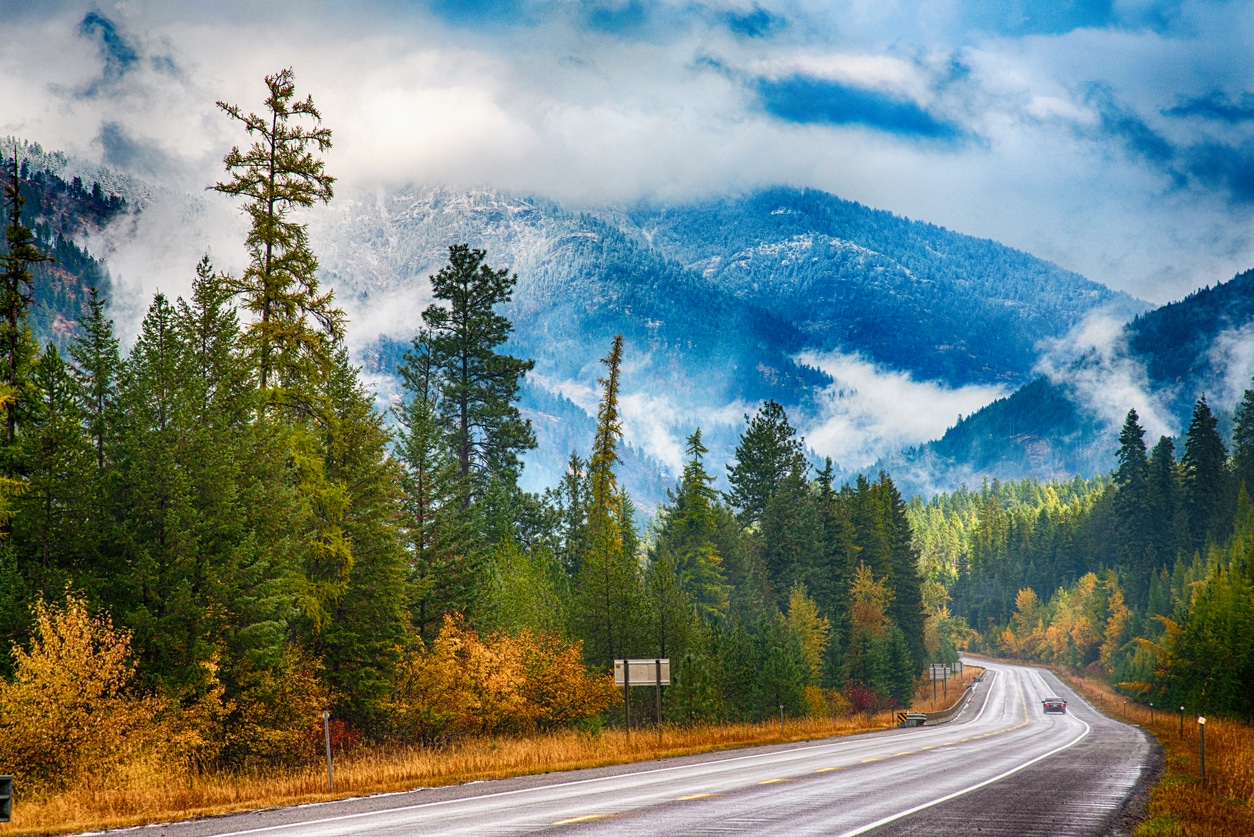Montana’s significant investment in wildfire preparedness is yielding promising results, according to state officials. Over the past two years, taxpayers have funded efforts to improve wildfire suppression, with a notable $152 million allocated through House Bill 883. As of this year, $19.38 million has been used, according to Wyatt Frampton, deputy division administrator for Forestry at the Department of Natural Resources and Conservation (DNRC).
Advanced Fire Detection Technology
A key part of this investment is the deployment of advanced technology. This fire season, Montana utilized an airplane equipped with a high-resolution thermal camera to detect fires ignited by lightning. The plane’s ability to spot fires at night before they grew allowed ground crews to act swiftly. “This is one of those opportunities that would not have been available to us were it not for the additional resources created through House Bill 883,” Frampton said.
Mitigation Projects Expand
This proactive approach is helping Montana manage wildfire risks more effectively. Of the more than 2,000 fires reported this season, 95% were contained at under 300 acres, aided by local volunteer firefighters. These successes come as Montana faces rising firefighting expenditures, totaling $33.6 million so far this year, with a significant portion of the remaining $123.8 million in the state’s fire suppression fund still intact.
Despite these efforts, the risk of wildfire destruction remains high. The DNRC is actively working on 150 mitigation projects to reduce fire risks, including a large-scale effort in the Butte municipal watershed. With the additional federal funding of $80 million, Montana aims to address what DNRC director Amanda Kaster describes as a “forest health crisis” spanning 9 million acres.
Insurance Costs Rise
However, the increasing frequency of wildfires, especially in high-risk areas, is straining homeowners and insurance providers. As more expensive homes are built in wildfire-prone zones, insurance rates are skyrocketing. According to Lyn Elliott, vice president of state government relations for the American Property Casualty Insurance Association, insurance costs have doubled in the last decade for homes in high-risk areas. The rising cost of materials, labor, and rebuilding homes has further exacerbated the situation.
Homeowners Face Challenges
Insurance agents are facing a “crisis” as some homeowners are dropped by their insurers due to wildfire exposure, while others are forced to raise deductibles or reduce their coverage to afford premiums. With Montana having the highest percentage of properties at high to extreme wildfire risk in the nation, there is a growing call for stronger building regulations. Patty Hernandez, executive director of Headwaters Economics, emphasized the need for fire-resistant construction standards to reduce long-term costs and prevent future losses.
Policy Solutions Needed
Montana’s wildfire response, while significantly improved, highlights the broader challenge of protecting homes in fire-prone areas and managing rising insurance costs. Legislators are urged to consider policies that promote fire-resistant construction to safeguard both homes and insurance affordability in the face of increasing wildfire risks.












